Should You Be Bruised After a Sports Massage?
Sports massage has a reputation for being “deep” and sometimes uncomfortable. But should it leave you bruised? The short answer is no. While mild soreness the next day can be expected, visible bruising is not a sign of a good massage—it’s a sign of tissue damage.
In this article, we’ll explain why bruising happens, what’s normal after a massage, and how to ensure you get the benefits of recovery work without unnecessary trauma.
What’s Normal After a Sports Massage?
A well-delivered sports massage can:
Reduce muscle tightness.
Improve circulation.
Enhance recovery and mobility.
Relieve pain and tension.
Afterwards, you might feel:
A sense of relaxation.
Slight heaviness or fatigue.
Mild soreness (similar to delayed onset muscle soreness).
What you shouldn’t see is discolouration of the skin or bruises.
Why Bruising Isn’t Normal
Bruising occurs when tiny blood vessels (capillaries) are damaged, allowing blood to leak into surrounding tissue. This is not part of effective massage therapy.
Bruising often indicates:
Excessive or uncontrolled pressure.
Poor technique (digging elbows or knuckles rather than applying structured force).
Ignoring client feedback or pain thresholds.
Lack of adjustment for individual tissue health.
Common Misconceptions
“Bruising means it worked.”
False. Effective massage works with the tissue, not against it. Bruising is trauma, not recovery.“The deeper the better.”
Not always. Depth must be applied skilfully and progressively, respecting how the body responds.“Everyone bruises differently.”
True—but while some people are more prone to marks (e.g., on blood thinners or with fragile skin), a competent therapist still adjusts technique accordingly.
When It Might Happen (and Why It’s Still Not Ideal)
In rare cases, some temporary marks can occur after:
Cupping therapy.
IASTM or scraping techniques.
Intense trigger point release on sensitive tissue.
But even then, it should be explained to you in advance and used for a specific reason—not as a routine outcome.
How to Avoid Bruising After Massage
Communicate: Tell your therapist if the pressure feels too much. Pain should be “tolerable discomfort,” never sharp or overwhelming.
Choose skilled therapists: Training, experience, and anatomical knowledge matter.
Stay hydrated: Helps with circulation and tissue recovery.
Avoid blood-thinning medications before sessions (unless prescribed—always follow your doctor’s advice).
The Poseidon Performance Approach
At Poseidon Performance, we believe sports massage should accelerate recovery—not create extra damage to recover from. Our approach is:
Clinical precision: Techniques adapted to your body and goals.
Measured pressure: Enough to be effective, never reckless.
Education: Explaining what you should expect and what’s not normal.
Key Takeaway
Bruising after a sports massage is not a badge of honour—it’s a sign of tissue trauma. A skilled therapist works with your body, not against it. Recovery should leave you moving better, not covered in marks.
FAQs
Is bruising after massage ever normal?
No, not after standard sports massage. Some therapies like cupping may leave marks, but they are intentional and should always be explained beforehand.
What’s the difference between soreness and bruising?
Soreness is muscle tenderness that eases in a day or two. Bruising is visible discolouration from broken blood vessels.
What should I do if I bruise after a massage?
Apply a cold compress, rest, and let the therapist know. If it happens often, consider changing therapist.
How can I prevent bruising?
Communicate with your therapist, hydrate well, and avoid anti-coagulant medications before treatment unless medically necessary.
